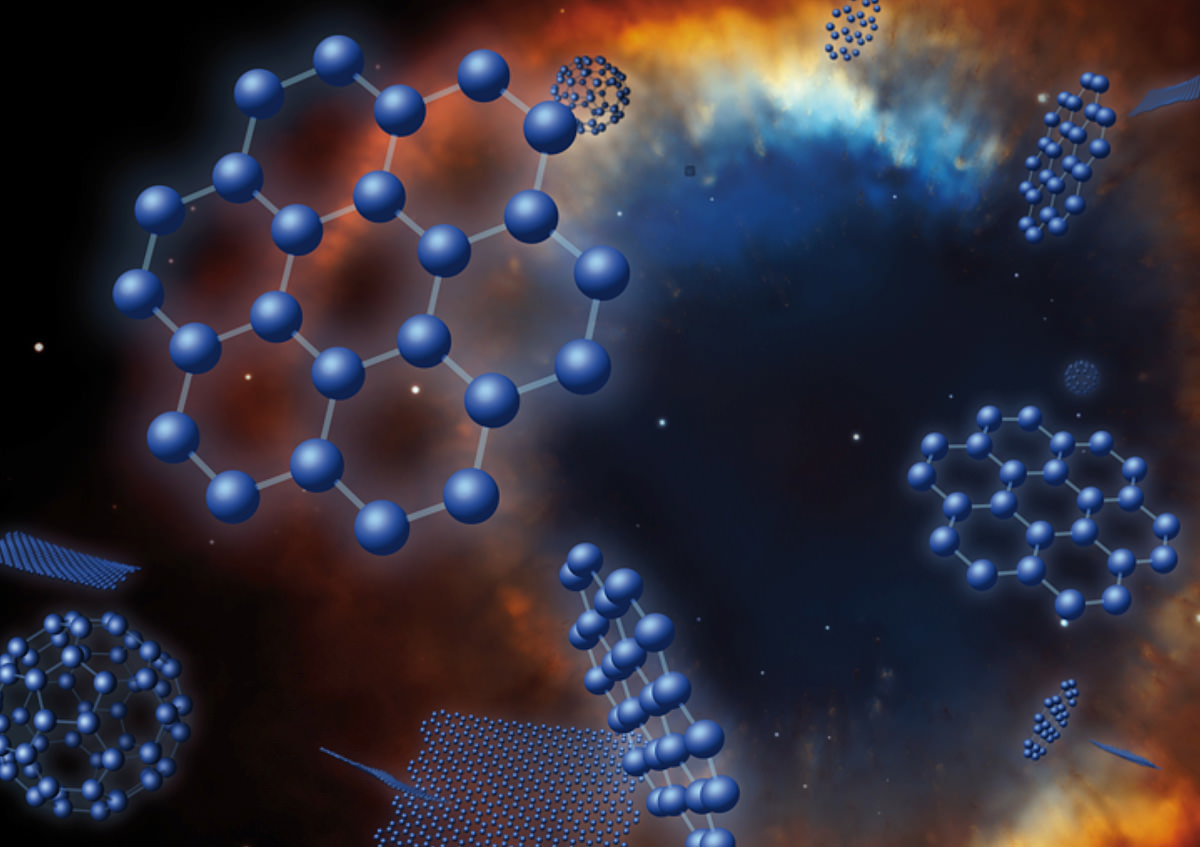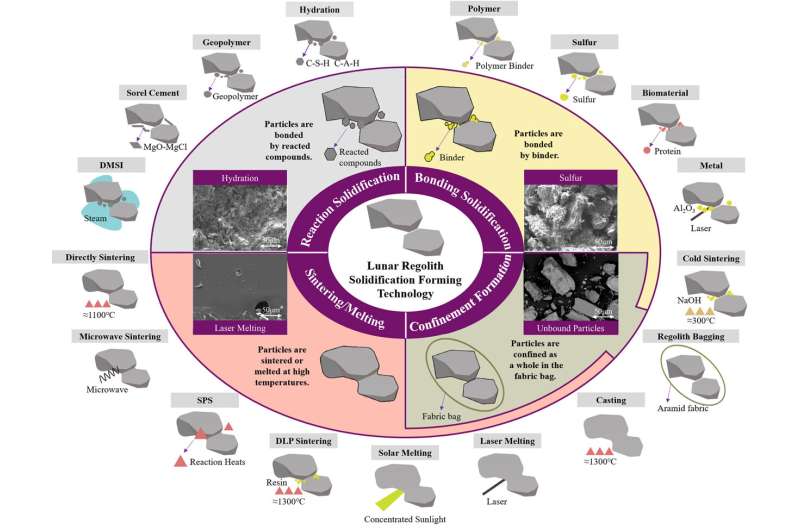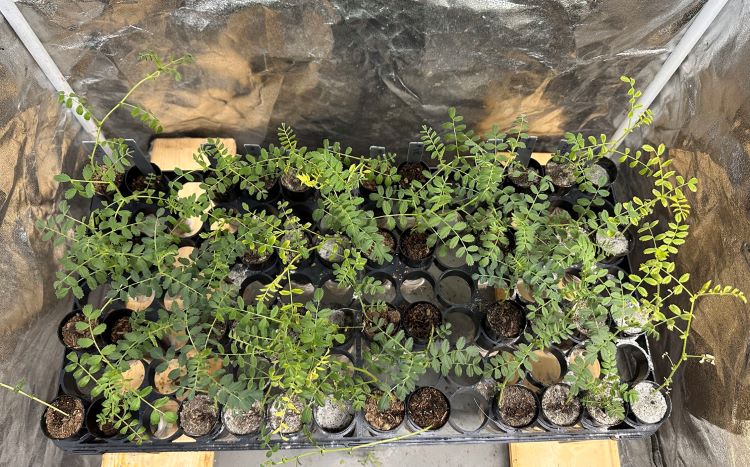It was 1969 that humans first set foot on the Moon. Now, over 50 years later we are setting sights on building lunar bases. The ability to complete that goal is dependent on either transporting significant amounts of material to the Moon to construct bases or somehow utilising raw lunar materials. A team of Chinese researchers have developed a technique to create bricks from material that is very similar to the soil found on the Moon. The hope is that the lunar soil can in the future, be used to build bricks on the Moon.
Continue reading “Building Bricks out of Lunar Regolith”Europe is Sending a Drill to the Moon to Search for Water

The Moon has been a source of interest of late largely due to the focus on getting humans back to the Moon. Future human explorers though will likely be there to stay in permanent lunar bases. Making this a reality means it is of vital importance to harvest materials from the Moon and water is just one of them. Recently, ESA Announced they have secured a ride to the Moon for their Prospect package in 2027. It consists of a drill and tiny laboratory that will hunt for water and other volatiles, paving the way for human exploration.
Continue reading “Europe is Sending a Drill to the Moon to Search for Water”China's Lunar Samples Contain Graphene Flakes

In 2004, scientists at the University of Manchester first isolated and investigated graphene, the supermaterial composed of single-layer carbon atoms arranged in a hexagonal honeycomb lattice. Since then, it has become a wonder, with properties that make it extremely useful in numerous applications. Among scientists, it is generally believed that about 1.9% of carbon in the interstellar medium (ISM) exists in the form of graphene, with its shape and structure determined by the process of its formation.
As it happens, there could be lots of this supermaterial on the surface of the Moon. In a recent study, researchers from the Chinese Academy of Science (CAS) revealed naturally formed graphene arranged in a special thin-layered structure on the Moon. These findings could have drastic implications for our understanding of how the Moon formed and lead to new methods for the manufacture of graphene, with applications ranging from electronics, power storage, construction, and supermaterials. They could also prove useful for future missions that will create permanent infrastructure on the lunar surface.
Continue reading “China's Lunar Samples Contain Graphene Flakes”A Moon Base Will Need a Transport System

Through the Artemis Program, NASA will return astronauts to the lunar surface for the first time since Apollo 17 landed in 1972. Beyond this historic mission, scheduled for September 2026, NASA plans to establish the infrastructure that will enable annual missions to the Moon, eventually leading to a permanent human presence there. As we addressed in a previous article, this will lead to a huge demand for cargo delivery systems that meet the logistical, scientific, and technical requirements of crews engaged in exploration.
Beyond this capacity for delivering crews and cargo, there is also the need for transportation systems that will address logistical needs and assist in exploration efforts. These requirements were outlined in a 2024 Moon to Mars Architecture white paper titled “Lunar Mobility Drivers and Needs.” Picking up from the concurrently-released “Lunar Surface Cargo,” this whitepaper addresses the need for lunar infrastructure that will enable the movement of astronauts and payloads from landing sites to where they are needed the most. As usual, they identified a critical gap between the current capabilities and what is to be expected.
Continue reading “A Moon Base Will Need a Transport System”New Answers for Mars’ Methane Mystery
Planetary scientists perk up whenever methane is mentioned. Methane is produced by living things on Earth, so it’s considered to be a potential biosignature elsewhere. In recent years, MSL Curiosity detected methane coming from the surface of Gale Crater on Mars. So far, nobody’s successfully explained where it’s coming from.
NASA scientists have some new ideas.
Continue reading “New Answers for Mars’ Methane Mystery”There are Four Ways to Build with Regolith on the Moon

Over the last few years I have been renovating my home. Building on Earth seems to be a fairly well understood process, after all we have many different materials to chose from. But what about future lunar explorers. As we head closer toward a permanent lunar base, astronauts will have very limited cargo carrying capability so will have to use local materials. On the Moon, that means relying upon the dusty lunar regolith that covers the surface. Researchers have now developed 20 different methods for creating building materials out of the stuff. They include solidification, sintering/melting, bonding solidification and confinement formation. But of all these, which is the best?
Continue reading “There are Four Ways to Build with Regolith on the Moon”What Could We Build With Lunar Regolith?

It has often been likened to talcum powder. The ultra fine lunar surface material known as the regolith is crushed volcanic rock. For visitors to the surface of the Moon it can be a health hazard, causing wear and tear on astronauts and their equipment, but it has potential. The fine material may be suitable for building roads, landing pads and shelters. Researchers are now working to analyse its suitability for a number of different applications.
Continue reading “What Could We Build With Lunar Regolith?”Chickpeas Grown in Lunar Regolith Are Stressed but Reach Maturity

A recent preprint investigates how chickpeas have been successfully grown in lunar regolith simulants (LRS), marking the first time such a guideline has been established not only for chickpeas, but also for growing food for long-term human space missions. This study was conducted by researchers from Texas A&M University and Brown University and holds the potential to develop more efficient methods in growing foods using extraterrestrial resources, specifically with NASA’s Artemis program slated to return humans to the lunar surface in the next few years.
Continue reading “Chickpeas Grown in Lunar Regolith Are Stressed but Reach Maturity”Some Lunar Regolith is Better for Living Off the Land on the Moon

Between now and the mid-2030s, multiple space agencies hope to send crewed missions to the Moon. of These plans all involve establishing bases around the Moon’s southern polar region, including the Artemis Base Camp and the International Lunar Research Station (ILRS). These facilities will enable a “sustained program of lunar exploration and development,” according to the NASA Artemis Program mission statement. In all cases, plans for building facilities on the surface call for a process known as In-Situ Resource Utilization (ISRU), where local resources are used as building materials.
This presents a bit of a problem since not all lunar soil (regolith) is well-suited for construction. Much like engineering and construction projects here on Earth, builders need to know what type of soil they are building on and if it can be used to make concrete. In a recent study, planetary scientist Kevin M. Cannon proposed a lunar soil classification scheme for space resource utilization. This could have significant implications for future missions to the Moon, where it would help inform the construction of bases, habitats, and other facilities based on soil type and location.
Continue reading “Some Lunar Regolith is Better for Living Off the Land on the Moon”Airbus Developed a System To Extract Oxygen and Metal From Lunar Regolith

New technologies utilizing material found in space are constantly popping up, sometimes from smaller companies and sometimes from larger ones. Back in 2020, one of the largest companies of them all announced a technology that could have significant implications for the future lunar exploration missions planned over the next ten years. The European aerospace giant Airbus developed the Regolith to OXYgen and Metals Conversion (ROXY) system.
Continue reading “Airbus Developed a System To Extract Oxygen and Metal From Lunar Regolith”

